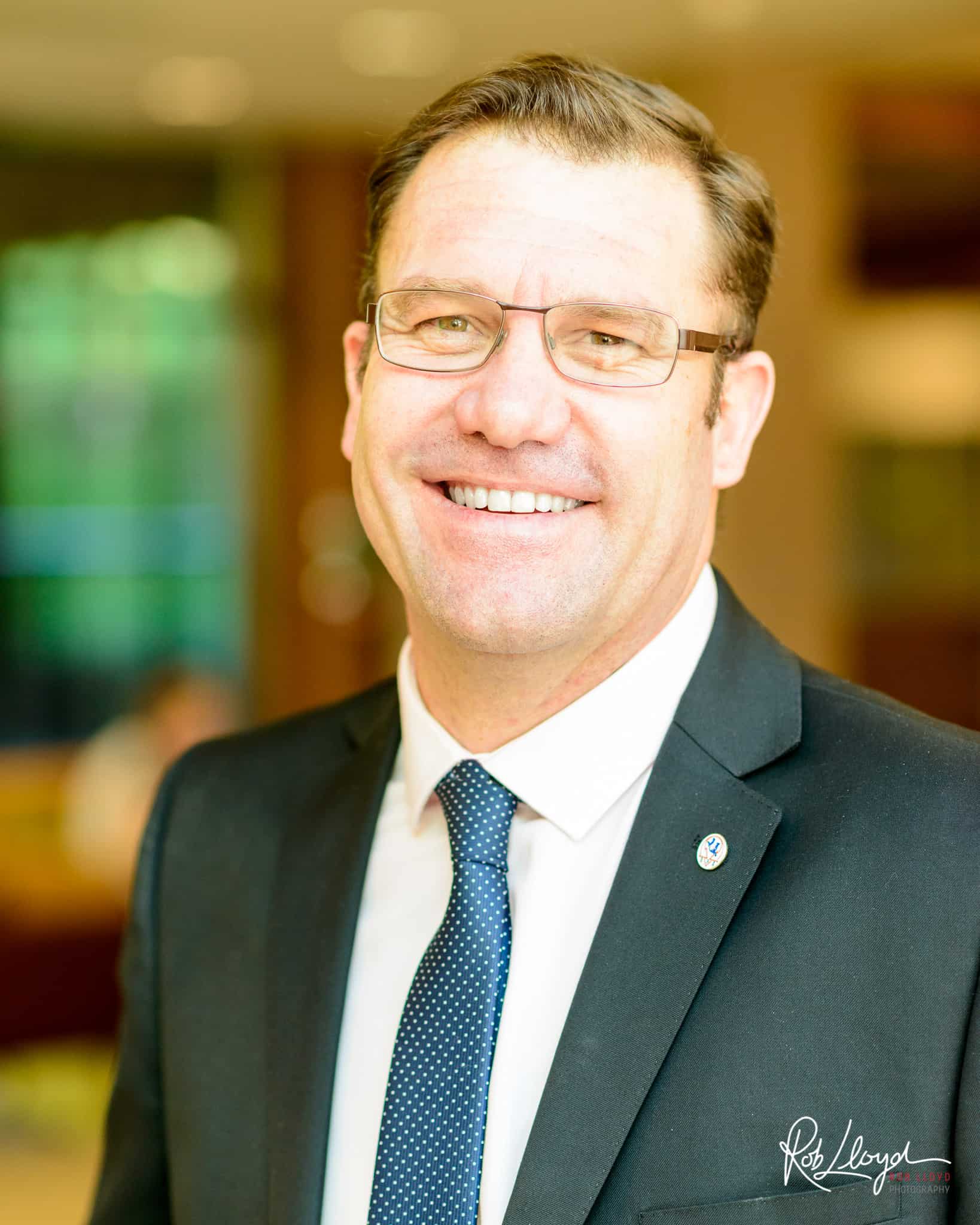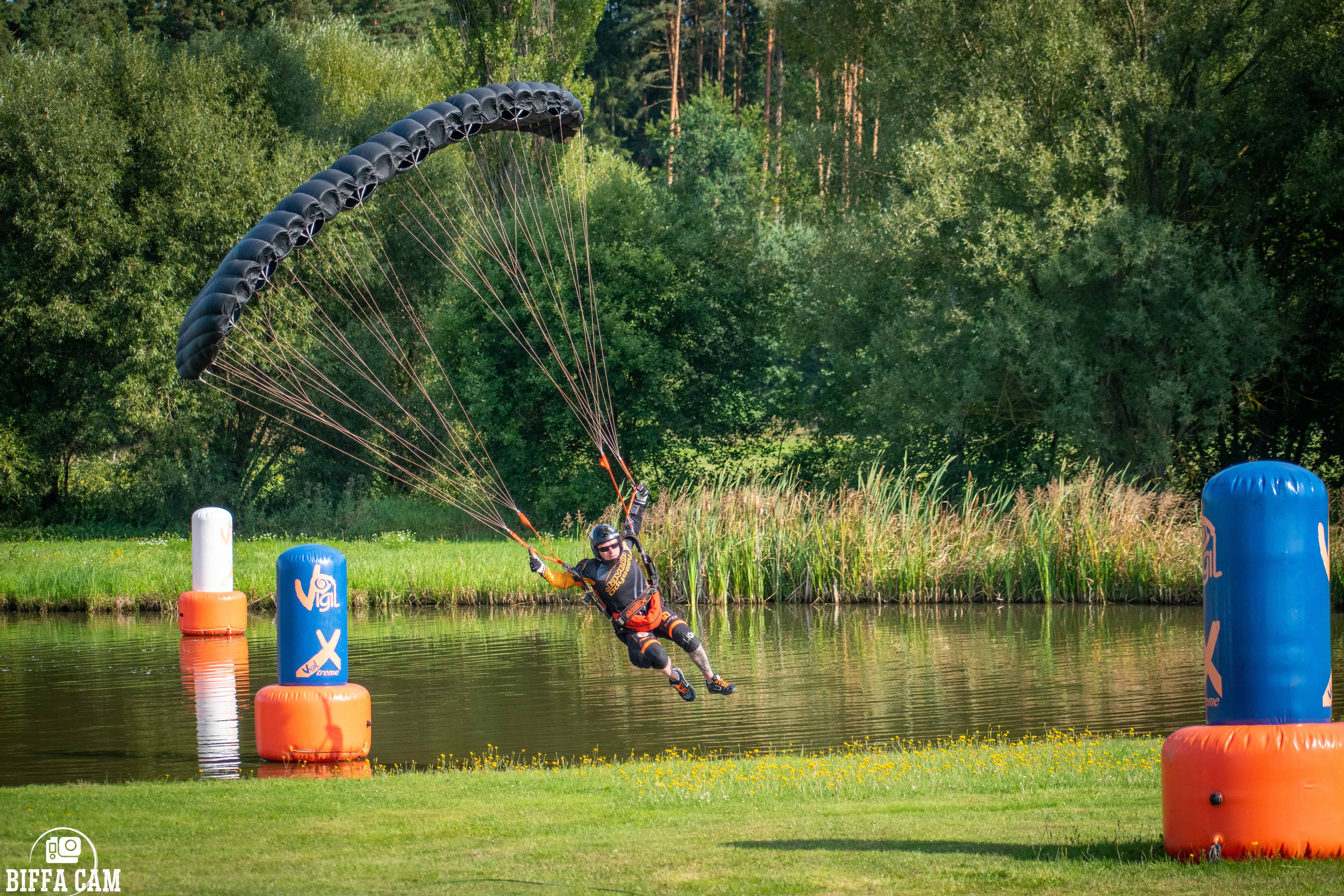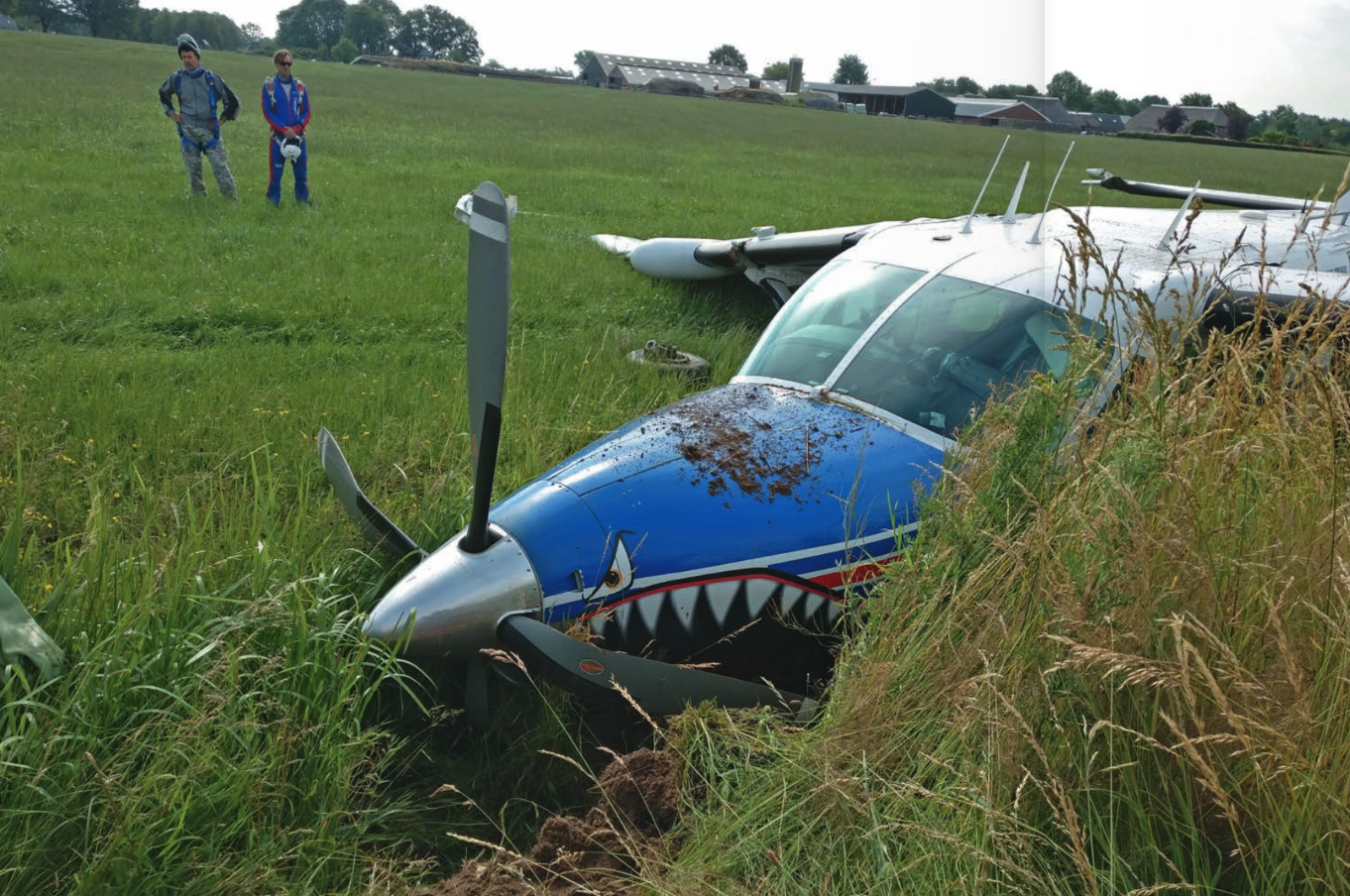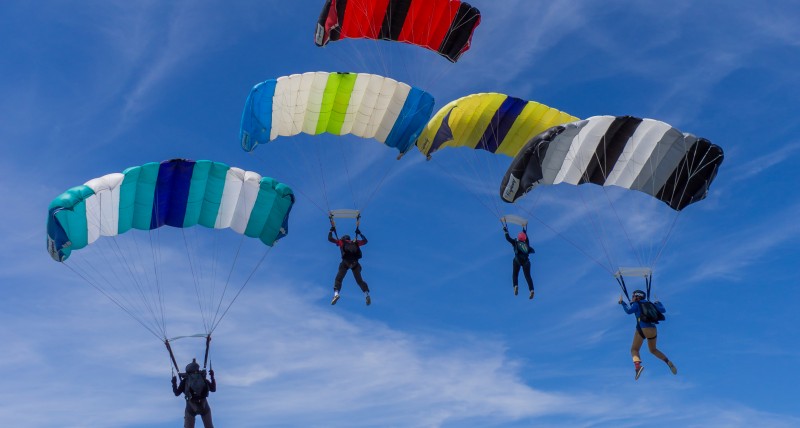Intentional high-performance ‘swoop’ landings are probably the most dangerous skydiving discipline and cause more serious injuries and fatalities worldwide than any other aspect of the sport. These high-performance landings must be completed at a height that allows the canopy to recover from the turn before applying rear riser or toggle pressure for landing.
The timing of the turn is crucial because, if a turn is made too low, the parachutist risks impacting with the ground at a speed that may prove fatal or give rise to serious injury. Life or death decisions are being taken within just a few seconds and the evidence shows that even parachutists who are experienced in high- performance landings can be caught out.
In 2018, there were three fatal accidents to BPA members and several others who suffered serious injuries while attempting to carry out such landings at Affiliated Parachute Training Organisations (PTOs).
The Chair of Council has noted in his review that, because of these accidents, a working group of the Safety and Training Committee (STC) has been formulating a series of recommendations on new safety provisions in relation to high-performance landings. The working group, chaired by Mark Bayada, is likely to report to STC in February 2019. It will consider all aspects of this discipline, including canopy sizes, training requirements and performance criteria.
The Technical and Safety Committee of the International Parachuting Commission (IPC) has thanked the BPA, in particular Tony Knight, our Aviation Adviser, for his successful efforts to have the voice of our sport heard by the European Aviation Safety Agency (EASA). Our representations about planned new EASA provisions for parachuting operations regarding parachutists’ restraints, which make sense for most general aviation aircraft but would be inappropriate for parachuting aircraft, appear to be being taken on board by EASA.
It is this kind of unsung hard work and lobbying, beavering away behind-the-scenes and ferreting out consultation on the development of rules for general aviation that could cause problems for aircraft in the highly specialised role of flying sport parachuting sorties – sometimes akin to looking for a needle in a haystack – that helps to keep our sport in the air.
STC is grateful to the Chief Instructors from all Affiliated PTOs who comprise its membership, together with the Chair of its Riggers’ Sub-committee. After 21 years as Riggers’ Chair, Paul Applegate decided to stand down. We record our most grateful thanks to Apples for his long service to the Association and the sport in this specialist role and we congratulate Pete Sizer, our new Riggers’ Chair, who we wish well in his new role.
We are also grateful to the Chief Instructors, Instructor Examiners, Advanced Instructors, Advanced Riggers and others who have volunteered their expert skills for service on STC Panels of Inquiry, Working Groups and audits. Other notable contributions during the year include those from Mary-Lou Barratt and Simon Soper, who are carrying out an update and re-write of the Canopy Formation Manual. We are also grateful for the wise counsel of Dr John Carter, BPA Medical Adviser.
Our regular safety and training activities in 2018 included 13 one-week Instructor courses covering eight different ratings run at seven Affiliated PTOs, leading to 166 Instructor candidates being trained/coached, 159 being assessed and 142 being awarded BPA Instructor ratings.
We also carried out 18 PTO audits. Safety more broadly interpreted includes safeguarding: an umbrella term that includes welfare as well as operational safety. The sport parachuting community is a cross-section of society and, now we have opened our eyes as a sport to safeguarding, we have had several cases merge in which it has proven to be essential to have a safeguarding policy and procedures in place for our sport. This includes a nominated safeguarding lead at every Affiliated PTO. For this, our thanks go to BPA Honorary Safeguarding Adviser Sara Orton who, as well as being a Drop Zone Operator at Skydive GB in Bridlington, is professionally involved in safeguarding through her parallel career in youth work for a local authority. We are also most grateful to Sara’s professional colleague Ian Barstow-Davies, a safeguarding legal specialist, for co-presenting with her at a training day for PTO safeguarding leads which broke new ground by being the first such event we are aware of, anywhere in the world as far as we know, that dealt specifically with safeguarding issues in our sport.
Photo: Wez Westley by Emma Reynolds
 By Jeff Montgomery, Safety and Technical Officer and STC Chair
By Jeff Montgomery, Safety and Technical Officer and STC Chair
 First published in the February 2019 issue of Skydive the Mag.
First published in the February 2019 issue of Skydive the Mag.





